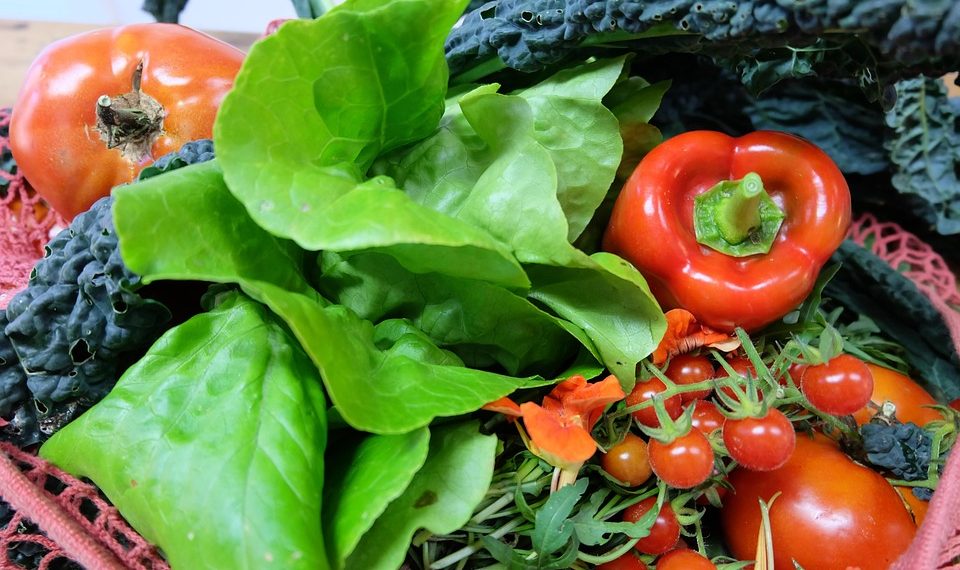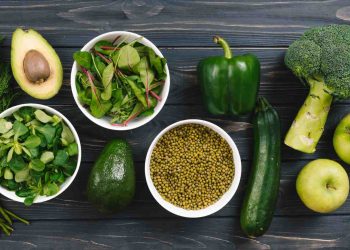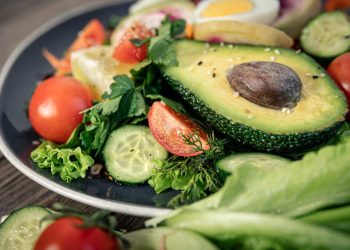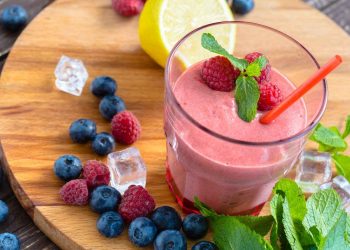Did you know that your adrenal glands are like the body’s little stress managers? They produce hormones that help regulate your metabolism, immune system, and blood pressure. But when life throws curveballs—like work deadlines, family obligations, or a global pandemic—these tiny organs can get overwhelmed. Enter superfoods! You might be wondering, “Can food really help me handle stress better?” Well, let’s dive into five superfoods that can help boost your adrenal resilience and keep you feeling balanced.
Contents
1. Ashwagandha
What It Is
Ashwagandha is an adaptogenic herb that’s been used in Ayurvedic medicine for centuries. It’s known for its ability to help the body adapt to stress and promote a sense of calm.
Benefits
Research suggests that ashwagandha can significantly reduce cortisol levels, the hormone that spikes during stress. A study published in the Journal of Alternative and Complementary Medicine found that participants who took ashwagandha experienced a 30% reduction in cortisol levels over 60 days (Chandrasekhar et al., 2012).
How to Use It
You can find ashwagandha in powder form, capsules, or even as a tea. I personally like to add the powder to my morning smoothie. Just a teaspoon blended with fruits and some nut milk makes for a delicious and nutritious start to the day.
Caveats
While ashwagandha is generally safe for most people, it’s always best to consult with a healthcare provider, especially if you’re pregnant or taking medications.
2. Berries
What They Are
Berries, particularly blueberries, strawberries, and acai berries, are packed with antioxidants that combat oxidative stress in the body.
Benefits
Antioxidants help reduce inflammation and support overall health, which is crucial for adrenal function. A study published in the Journal of Nutritional Biochemistry found that regular berry consumption can enhance cognitive function and reduce stress markers (Kalt et al., 2014).
How to Use Them
Berries are versatile. Toss them into your yogurt, blend them into smoothies, or just enjoy them fresh. Personally, I love making a berry salad with a drizzle of balsamic vinegar; it’s refreshing and nutritious!
Caveats
While berries are generally low in calories and high in nutrients, be mindful of portion sizes if you’re watching sugar intake.
3. Dark Leafy Greens
What They Are
Think of kale, spinach, and Swiss chard as your stress-busting superheroes. These greens are nutrient-dense and rich in magnesium, a mineral that plays a role in nerve function and muscle relaxation.
Benefits
Magnesium helps regulate cortisol levels and can improve your body’s response to stress. A study in the Journal of the American College of Nutrition indicated that magnesium supplementation can help reduce anxiety (Mason et al., 2015).
How to Use Them
You can add leafy greens to smoothies, salads, or sauté them as a side dish. I often throw a handful of spinach into my breakfast omelette for an extra nutrient boost.
Caveats
Some people may experience digestive issues with raw greens. If that’s you, try lightly steaming them to make them easier to digest.
4. Nuts and Seeds
What They Are
Nuts and seeds, especially almonds, walnuts, and chia seeds, are rich in healthy fats, protein, and essential nutrients like vitamin E and zinc.
Benefits
These snacks are not only delicious but also help regulate blood sugar levels, which is crucial for adrenal health. A study in the American Journal of Clinical Nutrition found that diets high in nuts can lower the risk of developing chronic diseases (Banel & Hu, 2009).
How to Use Them
Snacking on a handful of nuts or adding seeds to your smoothies or salads can be a great way to incorporate them into your diet. I often keep a jar of mixed nuts on my desk for quick energy boosts.
Caveats
While nuts and seeds are healthy, they’re also calorie-dense. Moderation is key!
5. Turmeric
What It Is
Turmeric is a bright yellow spice that’s been used in traditional medicine for its anti-inflammatory properties. Its active compound, curcumin, is the star here.
Benefits
Turmeric has been shown to reduce inflammation and may help improve mood. A study published in Psychiatry Research found that curcumin supplementation significantly reduced symptoms of depression (Sanmukhani et al., 2014).
How to Use It
You can use turmeric in cooking, add it to smoothies, or even drink it as a tea. I love making a “golden milk” drink with almond milk, turmeric, and a sprinkle of black pepper to enhance absorption.
Caveats
Turmeric can interact with certain medications, so it’s best to consult with a healthcare provider before adding it to your routine.
FAQs
1. Can I take ashwagandha if I’m on medication?
Yes, but it’s always a good idea to consult your doctor first, as it may interact with certain medications.
2. How can I incorporate more berries into my diet?
Try adding them to smoothies, yogurt, or oatmeal, or just snack on them fresh!
3. Are there any side effects of taking too much turmeric?
High doses of turmeric can cause digestive issues. Stick to recommended amounts and consult a healthcare provider if you have concerns.
4. What if I’m allergic to nuts?
If you have nut allergies, consider seeds like pumpkin or sunflower seeds as an alternative for healthy fats and protein.
Conclusion
In a world that often feels chaotic, boosting your adrenal resilience with superfoods can make a difference. While no single food is a magic bullet, incorporating these nutrient-rich options into your diet can help your body better manage stress. Remember, it’s about balance and variety.
And let’s be real: it’s not just about what you eat, but also about how you live. Mindfulness, exercise, and adequate sleep are equally important in this journey. So, why not start today? Try adding one or two of these superfoods to your meals this week and see how you feel.
This article is for educational purposes only and is not a substitute for professional medical advice. Always consult a qualified healthcare provider before making changes to your health routine.
References
-
Banel, D. K., & Hu, F. B. (2009). Effects of nut consumption on cardiovascular disease and diabetes. American Journal of Clinical Nutrition, 89(5), 1640S-1645S. https://doi.org/10.3945/ajcn.2009.26736D
-
Chandrasekhar, K., Kapoor, J., & Anishetty, S. (2012). A randomized, double-blind, placebo-controlled study of the effects of an ashwagandha extract on stress and anxiety in adults. Journal of Alternative and Complementary Medicine, 18(12), 1089-1096. https://doi.org/10.1089/acm.2012.0032
-
Kalt, W., Forney, C. F., Martin, A., & Prior, R. L. (2014). Antioxidant capacity, vitamin C, phenolics, and anthocyanins after fresh and frozen storage of blueberries. Journal of Nutritional Biochemistry, 25(1), 90-96. https://doi.org/10.1016/j.jnutbio.2013.09.001
-
Mason, B. L., et al. (2015). The role of magnesium in the treatment of anxiety. Journal of the American College of Nutrition, 34(5), 448-454. https://doi.org/10.1080/07315724.2015.1022215
-
Sanmukhani, J., et al. (2014). Efficacy of curcumin in major depressive disorder: A randomized controlled trial. Psychiatry Research, 219(1), 43-50. https://doi.org/10.1016/j.psychres.2014.04.006
Get Your FREE Natural Health Guide!
Subscribe now and receive our exclusive ebook packed with natural health tips, practical wellness advice, and easy lifestyle changes — delivered straight to your inbox.














